10 Real-Life Stories That Ended Like a Strange Movie Plot

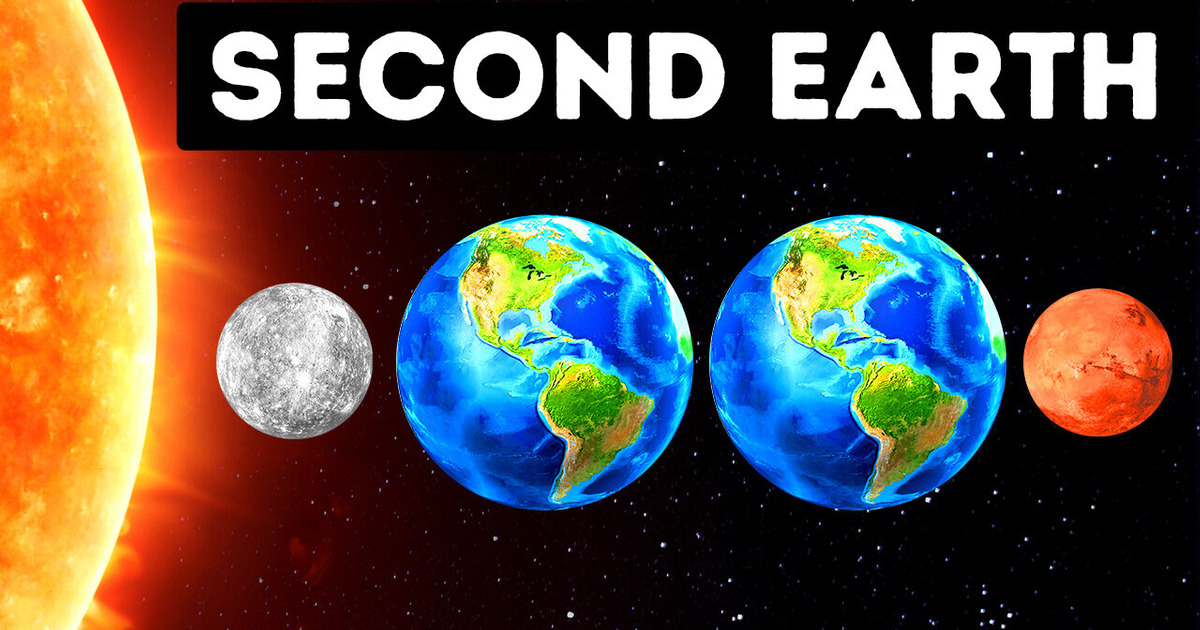
Among all the planets of the Solar System, our Earth is unique since it’s the only one that has developed life. But what if we got a competitor? What if a second Earth appeared out of nowhere?
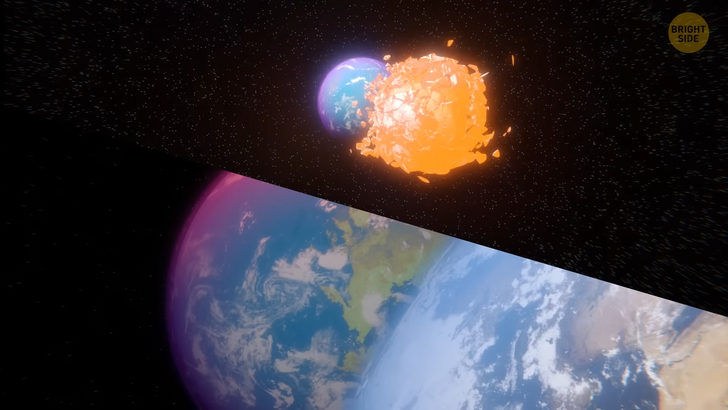
Then there would be two different scenarios. The first is the destruction of both planets. The second has an unexpected but pretty logical ending. But let’s start with the catastrophic scenario. The second Earth with the same conditions could exist only if it received absolutely the same amount of sunlight as our planet.
The orbit that our Earth follows is perfect for getting the necessary amount of solar heat. If we were a little further away, the entire surface of our planet would resemble Antarctica. And if Earth was a little closer to the Sun, we’d all live in a huge desert inhabited by very few living beings. So, for the second Earth to be identical to ours, it’d need to follow the orbit of our planet.
Two massive objects can exist close to each other. The union of Earth and the Moon is a great example. But if the second object was as heavy and huge as our planet, there wouldn’t be enough space for both of them. The gravity of two Earths would be a huge problem. The two worlds would collide because they would be pulled toward each other.
This process would last for hundreds of millions of years. And in the end, the two planets would transform into one giant world. And their remnants would be flying around the newly-formed planet resembling the rings around Saturn. Or one of the planets would push the other out of its orbit. In this case, one of Earths will hurtle toward the Sun and burn like a match in its atmosphere.
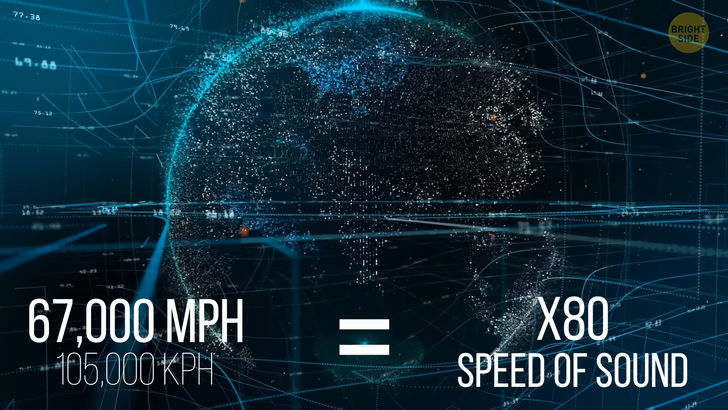
It’s also important to remember that Earth is moving at a speed of 67,000 mph at all times. This is more than 80 times faster than the speed of sound. And now, imagine two huge planets that are flying toward each other at such a speed.
Even a microscopic organism living in the mouth of a volcano wouldn’t stand a chance to survive the collision of two Earths. Even the Moon would be torn into pieces by a blast wave. But let’s imagine that Earth’s twin is following another orbit, somewhere between Mars and Earth. Even in this situation, people’s lives would change forever.
By the way, the theory that Earth might have a twin appeared long ago. Scientists of the past believed that the second planet could be hiding on the opposite side of the Sun. Thanks to modern technologies in astronomy, we know that this theory isn’t true. Otherwise, our telescopes and other equipment would have already caught some signals from this planet.
Scientists study space objects thousands of light-years away from us. So, they would definitely notice another world in the neighborhood. But anyway, let’s imagine that the second Earth does exist, and we’ve discovered it recently. The entire field of astronomy and astrophysics will immediately receive hundreds of billions of dollars in funding. The study of Earth’s twin will become a priority goal for people.
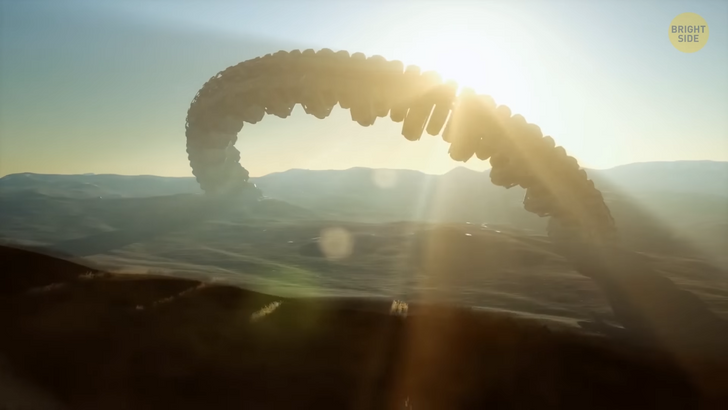
Experts will put forward hundreds of hypotheses about what the second Earth looks like and what’s happening there. The planet is almost at the same distance from the Sun as we are. This means the weather must be the same there. Soon, scientists find out that Earth’s doppelgänger has liquid water and continents. But they aren’t like ours. Their shapes and location are different. Most likely, life exists there too. But what is its origin?
There’s a hypothesis that life on our planet appeared thanks to amino acids brought here by a meteorite. It’s highly improbable that the same thing happened to another world. Life most likely emerged there in a completely different way. Perhaps, the fish didn’t get out of the water on that planet, and the first intelligent creatures appeared in the ocean.
These could be amphibians with scales and fins or octopus-like monsters with huge tentacles. Fish on the second Earth could have come out of the water and grown limbs. But what if they didn’t like walking on the ground? Then, this world might be inhabited by intelligent bird people. Or life could have originated deep in the soil. Then, evolution would create humanoid moles or highly developed worms.
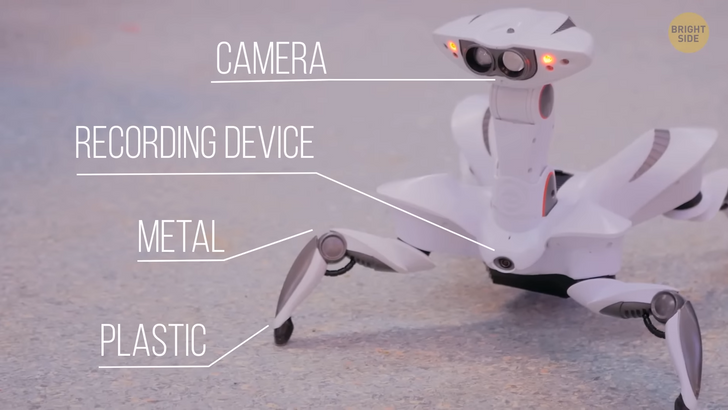
To find out for sure, scientists send a rover there. A similar mission to Mars was a success, so there shouldn’t be any problems with this one. People on Earth are waiting — what will the rover find on the other side? It will take several years for the ship to get there. Strangely, two days after the launch, it returns.
But this is not our space probe! All this time, the inhabitants of the second Earth have been watching our planet, too. At one point, they also sent a probe. It’s made of the same materials as ours. It has a camera and a recording device. But people are worried because the rover looks similar to a mechanical spider. Can it be that giant tarantulas live in that world?
Scientists understand that we need to communicate. We send our guests a radio signal with some information about our civilization. They catch this message and send their own. It contains strange symbols that resemble scratches. Linguists all over the world are trying to decipher it. Meanwhile, astronomers send the guests a recording of human speech. A few days later, our satellites catch a message from our space neighbors with their voices.
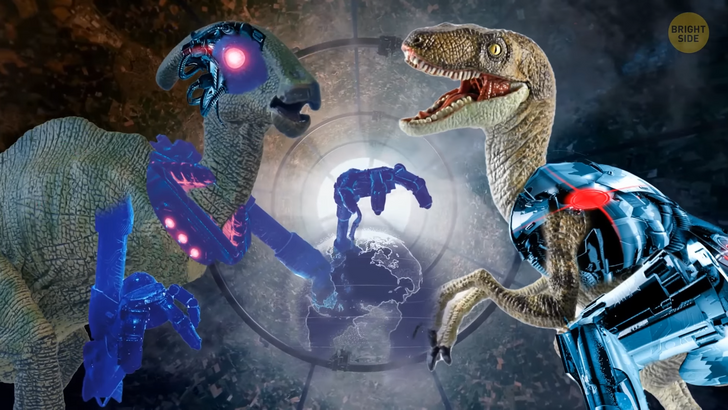
Scientists are about to play the recording. The whole world is listening with bated breath... It’s a growl. A terrible and absolutely incomprehensible growl! It has pauses and an unusual rhythm — but it’s nothing resembling human speech! The whole planet is panicking. All countries are preparing for an invasion. The most important thing now is to build shields to protect the planet.
No one can decrypt the messages. It’s possible that our neighbors can’t understand us either. People make a last attempt to establish some contact. We send a video to explain to our guests with the help of gestures and signs that we only want peace and collaboration. The answer doesn’t take long to wait. Our satellite receives their video file. Scientists play back the recording. It’s shocking.
We see dinosaurs in robotic suits. Life on the second Earth has been developing in the same way as on our planet. But the infamous colossal meteorite didn’t fall there. Over millions of years of evolution, dinosaurs have become sentient. In the video, they are growling and pointing with their claws at the picture of our Earth. Then, they start growling even more loudly and... is it laughter? The record ends.
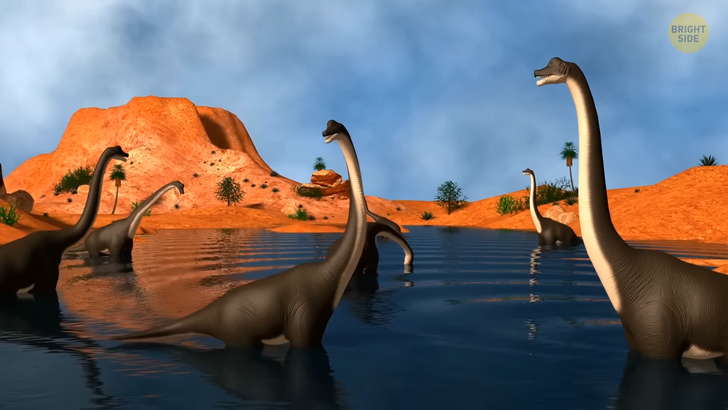
People consider this the announcement of the invasion. Several years have passed. During this time, scientists have exchanged messages with dinosaurs several times, and it seems we’re beginning to understand them. It turns out the reptiles also want peace. They say that their planet was once inhabited by humanoids similar to humans, but a massive flood wiped them away. Dinosaurs managed to survive and evolve into intelligent beings.
It will take many years before people set foot on their planet. And when this happens, humanity will feel relieved, realizing that we are not alone. But what if there was no intelligent life on the second Earth? People would also be happy. We would know that we’d always have another home. Perhaps, we’d start exploring Earth’s twin right away or begin mining its resources to replenish ours.
In any case, our lives wouldn’t change immediately because that land would be too far away from our planet. Dozens of generations would pass before people begin settling on the second Earth. Our homeland planet would be losing more and more resources, so everyone would want to move to a new world. In the beginning, only the richest would be able to do it. But with time, space travel would become cheaper.
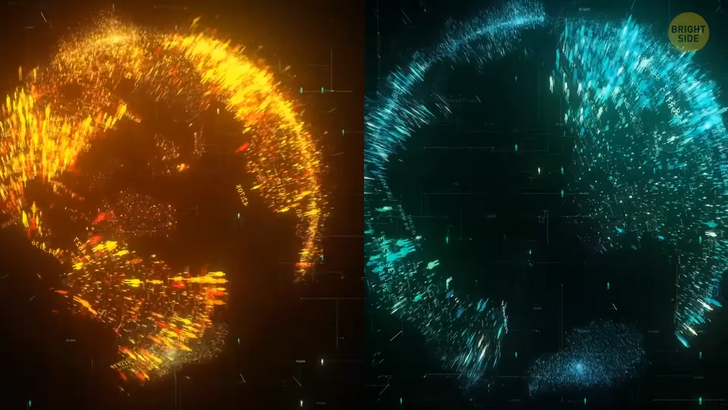
People would probably invest a lot of money to build a paradise on the second Earth. If this happened, we’d be visiting this world during our vacation to breathe fresh air and enjoy nature. In any case, the human population would grow. This means that sooner or later, the second Earth would become as loaded as the first one. And then people would start searching for a new home among the stars. By the way, if any life exists on a planet similar to ours, it’s likely to look like... octopuses.
There’s even a theory that octopuses came to Earth from some other world. Any animal has several evolutionary stages of development. For example, elephants and mammoths descended from one common ancestor 5-6 million years ago. Looking even further, almost all mammals evolved from one ancestor they shared with reptiles. Each species has been changing over millions of years.
But not octopuses. They suddenly appeared on a family tree. From the point of view of evolution, squids would have to evolve into octopuses millions of years from now. But look — they’re already here! Besides, octopuses are incredibly smart. Their genetic code is much more diverse than the human one. They may be visitors from another planet that is similar to ours. But, of course, this is only a hypothesis.











